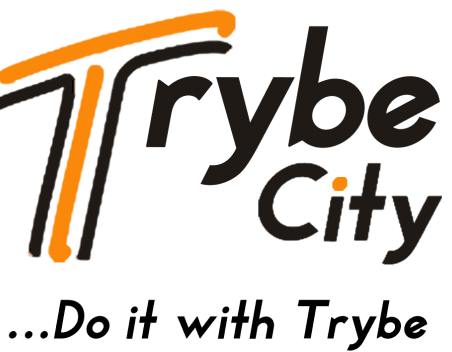Hey learners! Ready to explore the dynamic world of education? In this article, we’ll discuss the pros and cons of remote learning and traditional classroom education.
Right now, grab your virtual backpack and let go of this enlightening journey together!
Remote Learning: Embracing the Future of Education
Pros of Remote Learning
● Flexibility

Remote learning gives unparalleled flexibility. You have the freedom to tailor your schedule to accommodate other commitments, allowing you to learn at your own pace while pursuing other interests or responsibilities.
● Global Reach

Remote learning knows no geographical boundaries. It provides you with access to quality education and courses from around the world.
You can connect with experts and like-minded learners from diverse backgrounds, enhancing cultural awareness and global perspectives.
● Technology Integration
They harness the power of technology to create engaging and interactive learning experiences. From virtual classrooms to multimedia resources, you have access to digital tools that stimulate your creativity and critical thinking.
Cons of Remote Learning
● Lack of In-person Interactions
This kind of learning sometimes feels isolating, as it limits face-to-face interactions with peers and teachers.
● Tech Challenges
Technology glitches or internet connectivity issues can disrupt the flow of remote learning. This can lead to frustration and interruptions in the learning process.
● Self-Discipline and Motivation

Remote learning requires strong self-discipline and motivation. Without the structured environment of the traditional classroom, it’s crucial to manage your home effectively and stay motivated to complete assignments and engage in independent learning.
Traditional Classroom Education: The Time-Tested Learning Environment
Pros of Traditional Classroom
● Personal Interactions

Traditional classroom education fosters in-person interactions, that allow immediate feedback, collaboration and social connections.
● Structured Learning
This offers a structured environment with set schedules, routines and dedicated learning spaces. The structure can give a sense of stability and make it easier to stay focused and engaged.
● Hands-On Learning
Some subjects require hands-on experiences and physical resources that are more readily available in the traditional classroom setting.
Cons of Traditional Classroom
● Lack of Flexibility

This classroom education follows a fixed schedule that might not align with the individual needs and interests of every student.
Moreover, it lacks flexibility cab be limiting those that thrive in non-traditional learning environments or have commitments outside of school.
● Geographical Constraints
They are bound by geography. Students living in remote areas might face challenges in accessing quality educational institutions, limiting their educational opportunities and experiences.
● Limited Customization

In the traditional classroom, the curriculum is designed to cater to a broad range of students. It can result in a size-fits approach, potentially overlooking individual learning styles, preferences and unique talents.
Ultimately, the choice between remote learning and traditional classroom education depends on your personal preferences, goals and circumstances.
Remember, education is a lifelong pursuit, and the world is your classroom. Embrace the opportunities that come your way, adapt to changes and never stop seeking knowledge no matter which path you choose!




Leave a Comment